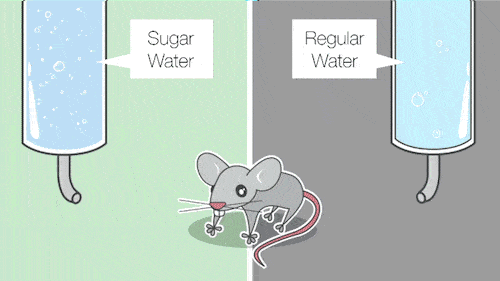Steve Ramirez and Xu Liu are two neuroscientists who are at the very forefront of their field. Their work is focused on mapping the memory system, but also on how memory activation alters neural pathways, thus changing our mood. For instance, the two spoke recently during a TED talk about their most impressive experiment yet where they used blue light to activate a fond memory in depressed mice. The mice were visibly in a better mood, suggesting that depression – a far more complex and difficult to treat mental disorder than most ‘healthy’ people think – can be dispelled using a similar method on humans, as well. Moreover, the changes caused an increase in the number of neurons, enforcing the idea that this kind of treatment actually gives results.
Switching depression off

I first heard about the MIT researchers when I wrote a piece about a breakthrough in neuroscience, describing how they found memories are stored in specific brain cells. A most impressive feat, but now it’s been taken to a whole new level. The team engineered a harmless virus that activates brain cells in mice when exposed to pulses of light. The virus acts as “a sort of light-sensitive switch that can be artificially installed in brain cells,” Ramirez says , “to activate or inactivate the brain cell simply by clicking it, and in this case we click it on with pulses of light.”
Last year, they demonstrated how pulses of light were used to trigger the memory of fear in a mouse not immediately facing any dangerous or fear-inducing situations, a memory that caused an otherwise calm and curious mouse to freeze in its tracks. This technique falls under an innovative field called optogenetics. Later, Ramirez and Liu attempted to induce positive memories and emotions.
The story of a depressed mouse

To detect those mice that were depressed, the team gave mice an option between sugar water and regular water. Those that were healthy showed a strong preference for the sweet water 80& of the time – a real treat! Some mice, however, chose the sugar water only 50% of the time. This probability equal to that of flipping a coin tells us that the mice couldn’t care less where they got their water as long as it quenched their thirst. This is a classic depression symptom: nothing seems to bring pleasure or attract you any way anymore.
But to use the same technique as previously demonstrated when fear was induced, the researchers had to know what memories a mice cherishes. It’s not like you can ask a mouse what’s their favorite, most fond memories though. Eventually, they locked in: male mice were happiest when they were put in a cage with a female. They activated this memory in mice with depression-like symptoms then offered them again the choice between sugared and normal water. Amazingly, the depressed mice chose the sugary water 80% of the time suggesting a complete success!
It’s been proven that depression inflicts physical changes to the brain. A depressed individual, human or otherwise, will have fewer neurons on a daily basis, whereas a normal, healthy individual will generate new neurons everyday. Obviously, this is a big problem. At the same time, this knowledge proved to be very useful since it acted as a proxy to see whether Ramirez and Liu actually changed something in the brain, on a physical level. Tests showed that not only did the depressed mice’s behavior changed, they also saw increased number of neurons. Double confirmation, checked. When this happened, Ramirez recounts in the TED talk (which you should see, by the way!) likened the moment to a “double thick Oreo milkshake multiplied by world peace,”


